2018-Jun-14
Did you know? You can share this story using the social media icons on the upper left. Use the hashtag #WeAreCisco. You can also rate or comment on the story below.
How a Home Can Lift a Family Out of Poverty
BY MATTHEW WRIGHT · INSIDE CLIENT SERVICES MANAGER · UNITED STATES
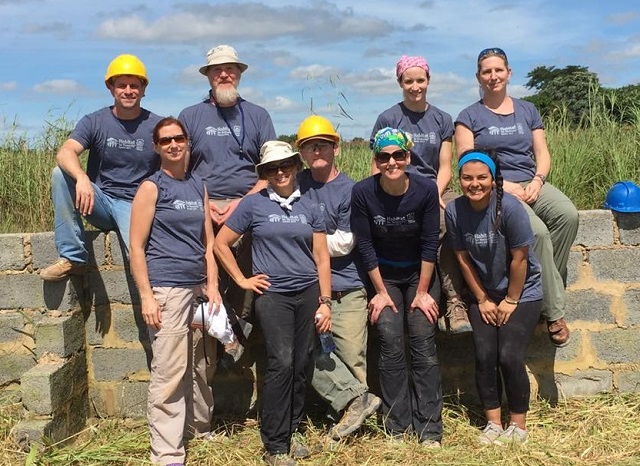
I have been with Cisco for over 11 years and currently I work as a Client Services Manager in the U.S. Commercial Territory. I'm a father of two and a U.S. Army veteran.
I feel incredibly lucky to be part of an organization that puts so much focus on giving back. Our local office organizes many charitable giving events each year, but my favorite is the Team Build through Habitat for Humanity. Last year, I decided to expand my reach and I traveled to Zambia as part of Habit for Humanity’s Global Village Project.
Taking advantage of Cisco’s Time2Give program helped me make a dream come true—I was able to combine my desire to serve with my love of travel and adventure. During this experience we built a home for strangers. Helping to improve the living conditions for even one family not only helps them, but has a massive impact on the entire community.
My journey to Zambia took me through Washington D.C., to Addis Abba, Ethiopia, and on to Lusaka, Zambia. On arrival, I met the ten other members of my Habitat Build Team. They came from all walks of life, and I was impressed with their dedication to service.
We set off on the long drive to the town of N'dola in northern Zambia. Once we left the metropolitan area of Lusaka we were able to see a great deal of the Zambian countryside, which reminded me of Indiana in the summertime. Everywhere I looked there were corn fields! This was a massive contradiction to my preconceived ideas of what Africa would look like. There were some notable differences, though—the 10-foot-tall termite mounds growing up out of the middle of cornfields! That’s not something you’d see in the Midwest.
Our arrival in the village was cause for great celebration, the local children came running from their homes, singing, laughing, and chasing our mini bus. We spent the next week working and living in the village, living in homes provided by two local families—homes that had been built by previous Habitat volunteers. Several women from the village cooked our meals while we were there. The food was familiar: lots of chicken, rice, and potatoes, and absolutely delicious.
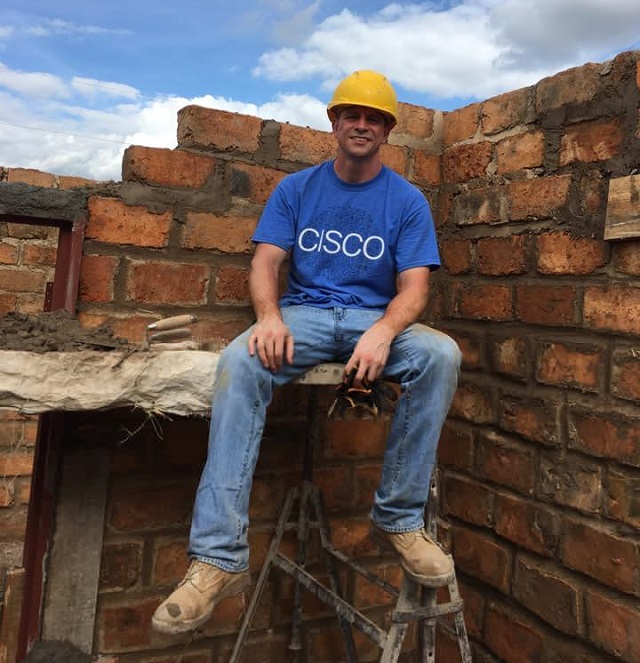
The build itself was labor intensive, homes are constructed primarily of bricks and mortar. The bricks made locally of red clay are very large, each weighing around 30 lbs or 13 kg. The floor was simply packed gravel with a layer of concrete and the roof was made of wooden beams and tin sheets. We worked closely with the Habitat construction managers and with local builders who ensured the quality of our work and guided us when needed. The home consisting of four rooms, one external door, five windows, and measured about 400 square feet took just a week to complete.
I befriended a villager named Veronica who taught me Bemba—one of the languages spoken in Zambia. I worked hard to learn as much as I could. The villagers, especially the children would laugh when I would unexpectedly use some of the Bemba I had learned. The children would call my name and I would reply, “Nti pano,” which means, “I am here.” It became a game and the kids would really laugh—I found it great fun too.
Most Zambian children attend public school a few days a week and those in our small village walk more than five miles to get there. The ground is rocky and unforgiving, but the kids ran and played with seemingly no problems. It wasn’t unusual to see older siblings helping the younger ones by holding their hands or even carrying them on their backs. One of my favorite children was a 9-year-old girl named Blessed. I would often see her with her baby brother David on her back, who couldn’t walk yet.
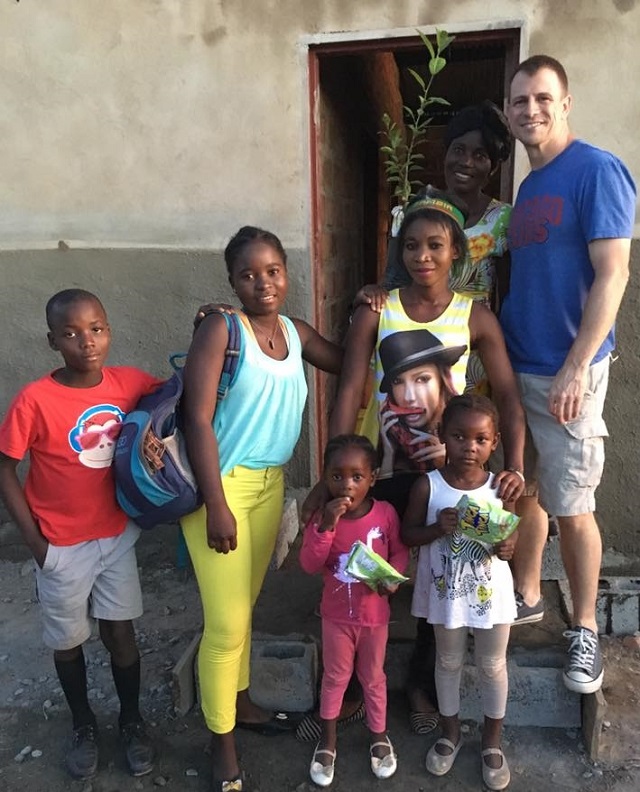
Our last day was a frenzy of activity, we worked a full day and then cleaned up quickly for the Key Ceremony. This was exciting not just for the new homeowners, Mary Mutapa and her three children, but the entire village—who came out and sang and danced in celebration of the completed home.
The team presented Mary with the keys to her new house and a lemon tree, which signifies future health and happiness in the new home. As a sign of gratitude, Mary rolled back and forth on the ground several times as the villagers sang and sprinkled salt on her for good luck. We helped to make their world a better, safer place.
From start to finish this was one of the most amazing experiences of my life. A safe and secure home can lift a family out of poverty, and a habitat home can change the course of lives for generations to come.
I'm eternally grateful to Cisco for the opportunity to undertake such an amazing adventure. I'm looking forward to participating in another Time2Give week of service in November 2018, this time in Vietnam.
I am planning return to Zambia in the Spring of 2020, if you would like to join me, then please reach out to me for more information.
Related Links
Connect everything. Innovate everywhere. Benefit everyone.
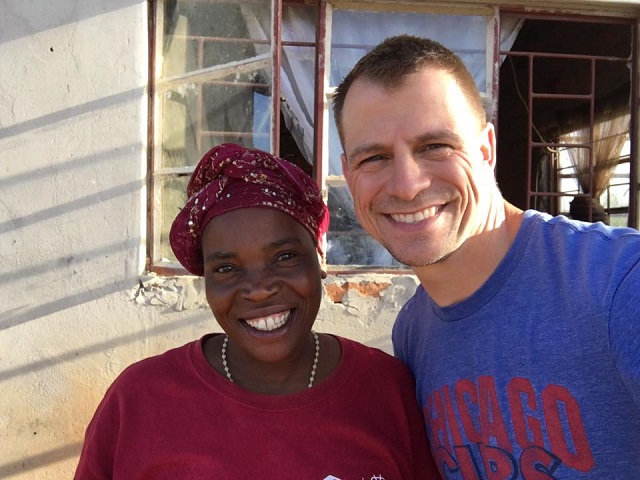
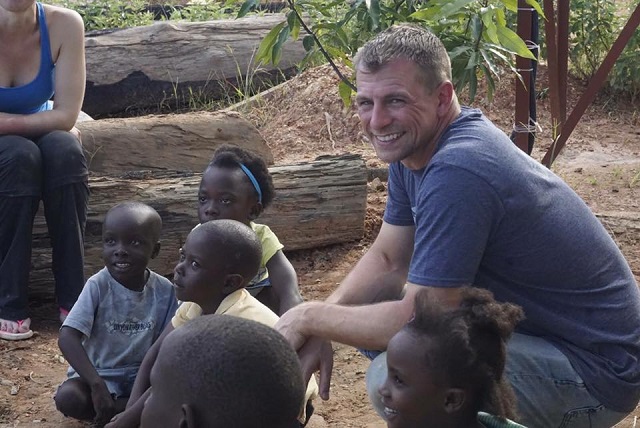
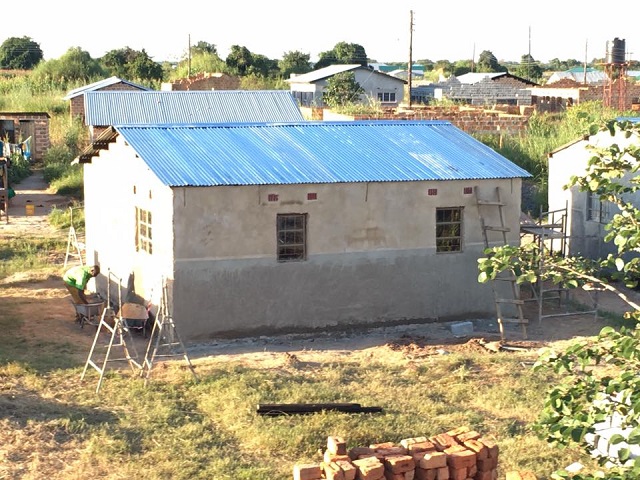
Share your thoughts!
Log in to rate and commentShare your thoughts on the story here!